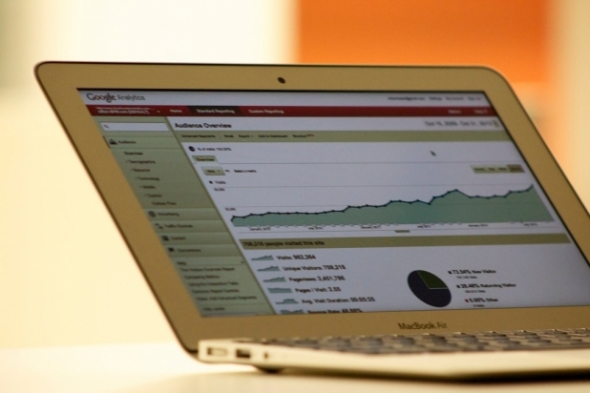Heard recently: “Our organization has lots of analytics, but we really don’t know what to do with them.”
This is a common dilemma. Analytics (data analysis) are abundant. They are presented in annual reports and published in colorful graphics. But too often the effort ends there. Nice information, but what can be done with it?
The answer is: a lot. It can change operations and outcomes, but only if it is handled right. A key is producing an analytics delivery system that is self-documenting.
Data evolution
Obviously, the basic ingredient for analytics is data. Fortunately, the last 30 years have been primarily devoted to data gathering.
Over that time, all industries have evolved through several phases in data collection and management. Mainframe and minicomputers produced data, and, with the inception of the PC in the '80s, data gathering became the business of everyone. Systems were clumsy in the early PC years, and there were significant restrictions to screen real estate and data volume. Recall the Y2K debacle caused by limiting year data to two characters.
Happily for the data-gathering effort, progress in technology has been rapid. Local and then wide area networks became available. Then came the Internet, along with ever more powerful hardware. Amazingly, wireless smartphones today are far more powerful computers than were the PCs of the '80s and '90s. Data gathering has been successful.
Now we have truckloads of data, often referred to as big data. People are trying to figure out how to handle it. In fact, a whole new industry is developing around managing the huge volumes of data. Once big data is corralled, analytic possibilities are endless.
The workers’ compensation industry has collected enormous volumes of data -- yet little has been done with analytics to reduce costs and improve outcomes.
Embed analytic intelligence
The best way to apply analytics in workers’ compensation is to create ways to translate and deliver the intelligence to the operational front lines, to those who make critical decisions daily. Knowledge derived from analytics cannot change processes or outcomes unless it is embedded in the work of adjusters, medical case managers and others who make claims decisions.
Consulting graphics for guidance is cumbersome: Interpretation is uneven or unreliable, and the effects cannot be verified. Therefore, the intelligence must be made easily accessible and specific to individual workers.
Front line decision-makers need online tools designed to easily access interpreted analytics that can direct decisions and actions. Such tools must be designed to target only the issues pertinent to individuals. Information should be specific.
When predictive modeling is employed as the analytic methodology, certain claims are identified as risky. Instead, all claims data should be monitored electronically and continuously. If all claims are monitored for events and conditions predetermined by analytics, no high-risk claims can slip through the cracks. Personnel can be alerted of all claims with risky conditions.
Self-documenting
The system that is developed to deliver analytics to operations should automatically self-document; that is, keep its own audit trail to continually document to whom the intelligence was sent, when and why. The system can then be expanded to document what action is taken based on the information delivered.
Without self-documentation, the analytic delivery system has no authenticity. Those who receive the information cannot be held accountable for whether or how they acted on it. When the system automatically self-documents, those who have received the information can be held accountable or commended.
Self-documenting systems also create what could be called Additionality. Additionality is the extent to which a new input adds to the existing inputs without replacing them and results in something greater. When the analytic delivery system automatically self-documents guidance and actions, a new layer of information is created. Analytic intelligence is linked to claims data and layered with directed action documentation.
A system that is self-documenting can also self-verify, meaning results of delivering analytics to operations can be measured. Claim conditions and costs can be measured with and without the impact of the analytic delivery system. Further analyses can be executed to measure what analytic intelligence is most effective and in what form and, importantly, what actions generate best results.
The analytic delivery system monitors all claims data, identifies claims that match analytic intelligence and embeds the interpreted information in operations. The data has become a work-in-process knowledge tool while analytics are linked directly to outcomes.





